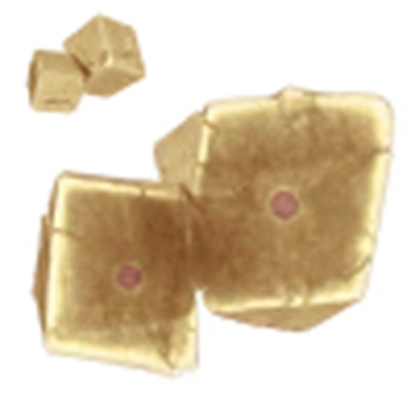- Record: found
- Abstract: found
- Article: found
A new method to position and functionalize metal-organic framework crystals

Read this article at
Abstract
With controlled nanometre-sized pores and surface areas of thousands of square metres per gram, metal-organic frameworks (MOFs) may have an integral role in future catalysis, filtration and sensing applications. In general, for MOF-based device fabrication, well-organized or patterned MOF growth is required, and thus conventional synthetic routes are not suitable. Moreover, to expand their applicability, the introduction of additional functionality into MOFs is desirable. Here, we explore the use of nanostructured poly-hydrate zinc phosphate (α-hopeite) microparticles as nucleation seeds for MOFs that simultaneously address all these issues. Affording spatial control of nucleation and significantly accelerating MOF growth, these α-hopeite microparticles are found to act as nucleation agents both in solution and on solid surfaces. In addition, the introduction of functional nanoparticles (metallic, semiconducting, polymeric) into these nucleating seeds translates directly to the fabrication of functional MOFs suitable for molecular size-selective applications.
Abstract
 Metal-organic frameworks (MOFs) have potential catalysis, filtration and sensing applications,
but device fabrication will require controlled MOF growth. Here, α-hopeite microparticles
are used to achieve spatial control of MOF nucleation, and accelerate MOF growth.
Metal-organic frameworks (MOFs) have potential catalysis, filtration and sensing applications,
but device fabrication will require controlled MOF growth. Here, α-hopeite microparticles
are used to achieve spatial control of MOF nucleation, and accelerate MOF growth.
Related collections
Most cited references14
- Record: found
- Abstract: found
- Article: not found
Thin films of metal-organic frameworks.
- Record: found
- Abstract: not found
- Article: not found
Step-by-step route for the synthesis of metal-organic frameworks.
- Record: found
- Abstract: found
- Article: not found